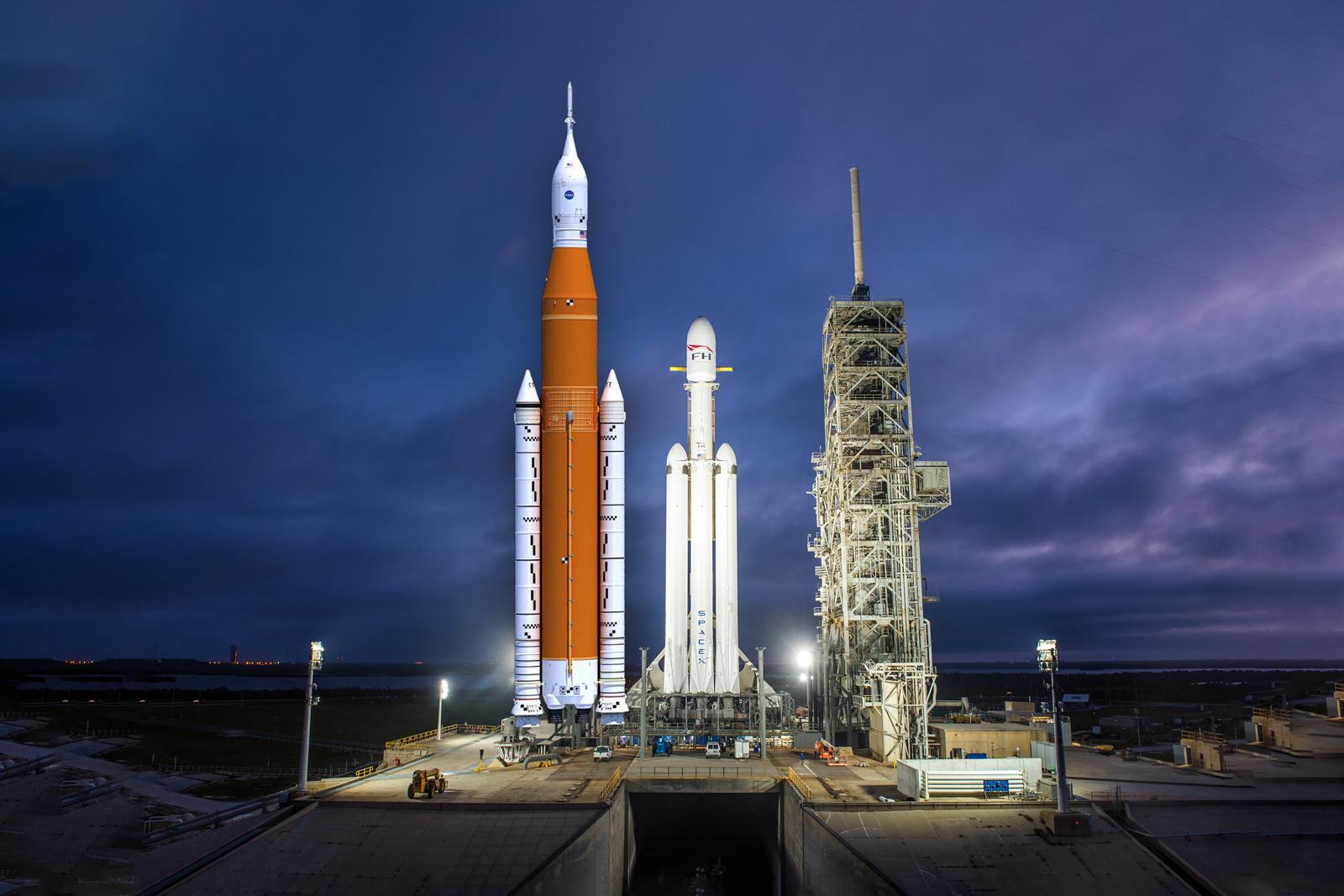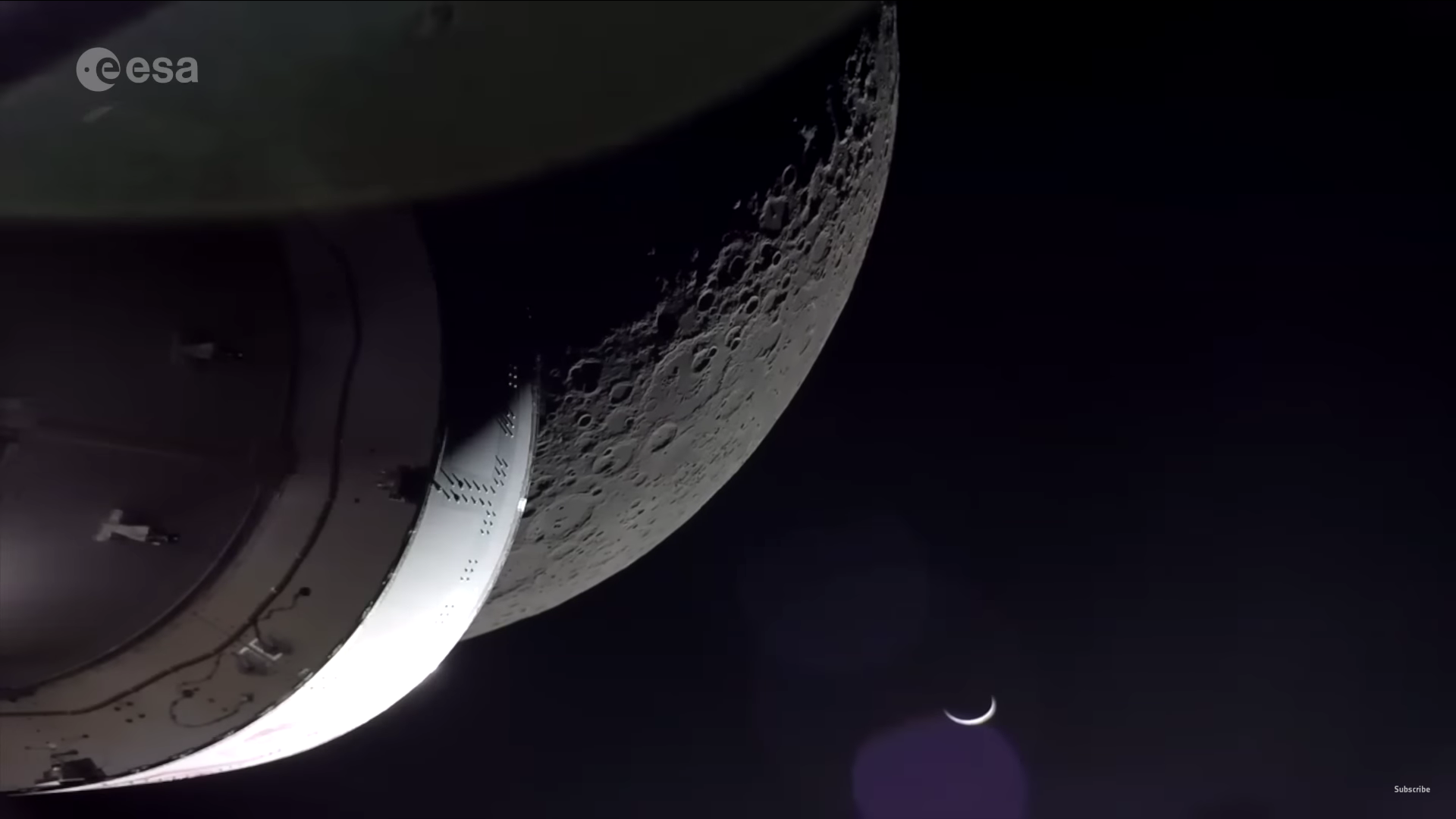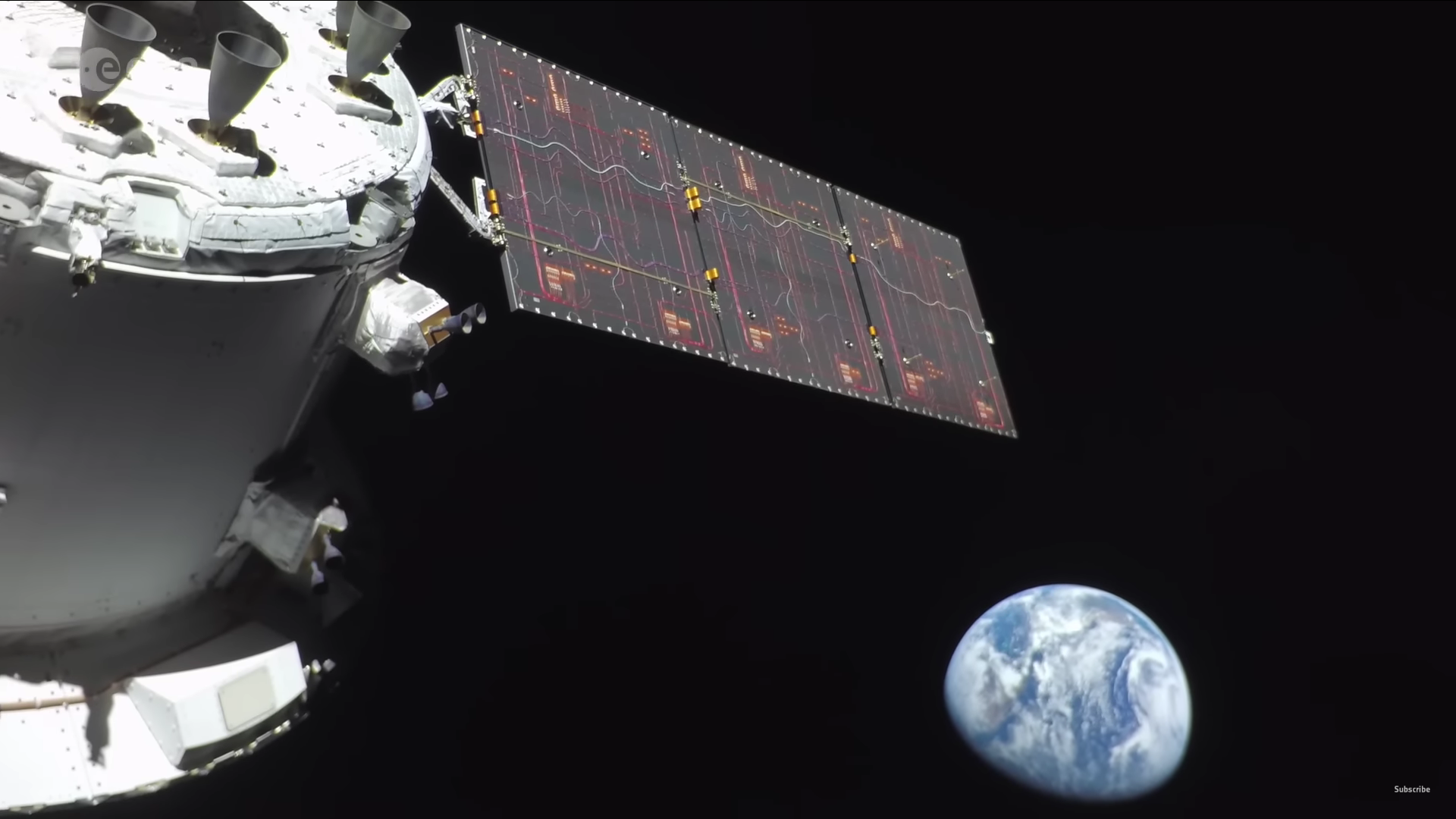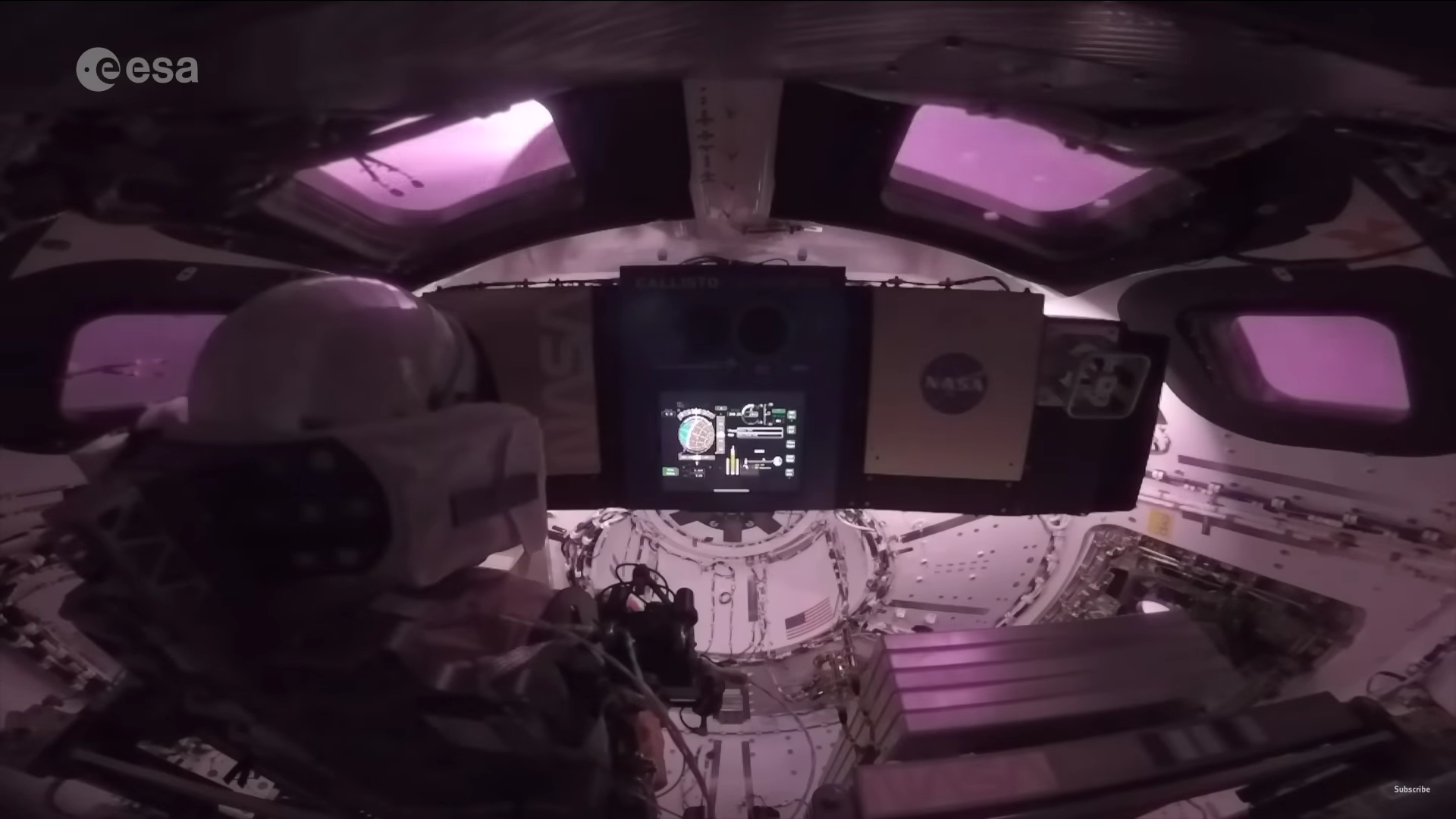NASA and ESA share video of the highlights of the Artemis I lunar mission

The National Aeronautics and Space Administration (NASA) and the European Space Agency (ESA) finalized the lunar mission, which ended last week, with the publication of spectacular videos of the highlights of Artemis I.
Here's What We Know
ESA published the brighter video because it is shorter, therefore the concentration of spectacular episodes is higher. NASA shared a longer video. You can see both videos at the end of this material.

The Orion spacecraft left for the moon on November 16. The Space Launch System (SLS), the world's most powerful rocket, sent a capsule into space. The Artemis I mission lasted nearly 26 days. During this time, the craft approached the moon at about 130 kilometers, orbited it on a long orbit and returned to Earth, overcoming a total of more than 2.25 million kilometers.

The SLS rocket will remain the most powerful in the world until SpaceX launches its Super Heavy. On launch, the SLS boosters and RS-25 engines created a thrust of 3,850 tons. The Orion spacecraft was sent to the moon using a second stage, while the first separated less than 10 minutes after launch.

In the cockpit of the spacecraft there was a Moonikin Campos dummy. It had its own mission in this mission. It consisted of testing the space suit, as well as gathering information on the load and radiation.

On December 11, Orion landed in the Pacific Ocean using parachutes, testing the heat shield on re-entry into the atmosphere. The ship was headed toward Earth at over 30,000 km/h. The heat shield made it possible to reduce it to 32 km/h in a few minutes.

The second lunar mission under the Artemis program is scheduled for May 2024. The Orion spacecraft will take the same route, but instead of Moonikin Campos, there will be astronauts in the cabin. In 2025, people will land on the surface of the moon for the first time in 73 years. There they will be sent by SpaceX Starship.